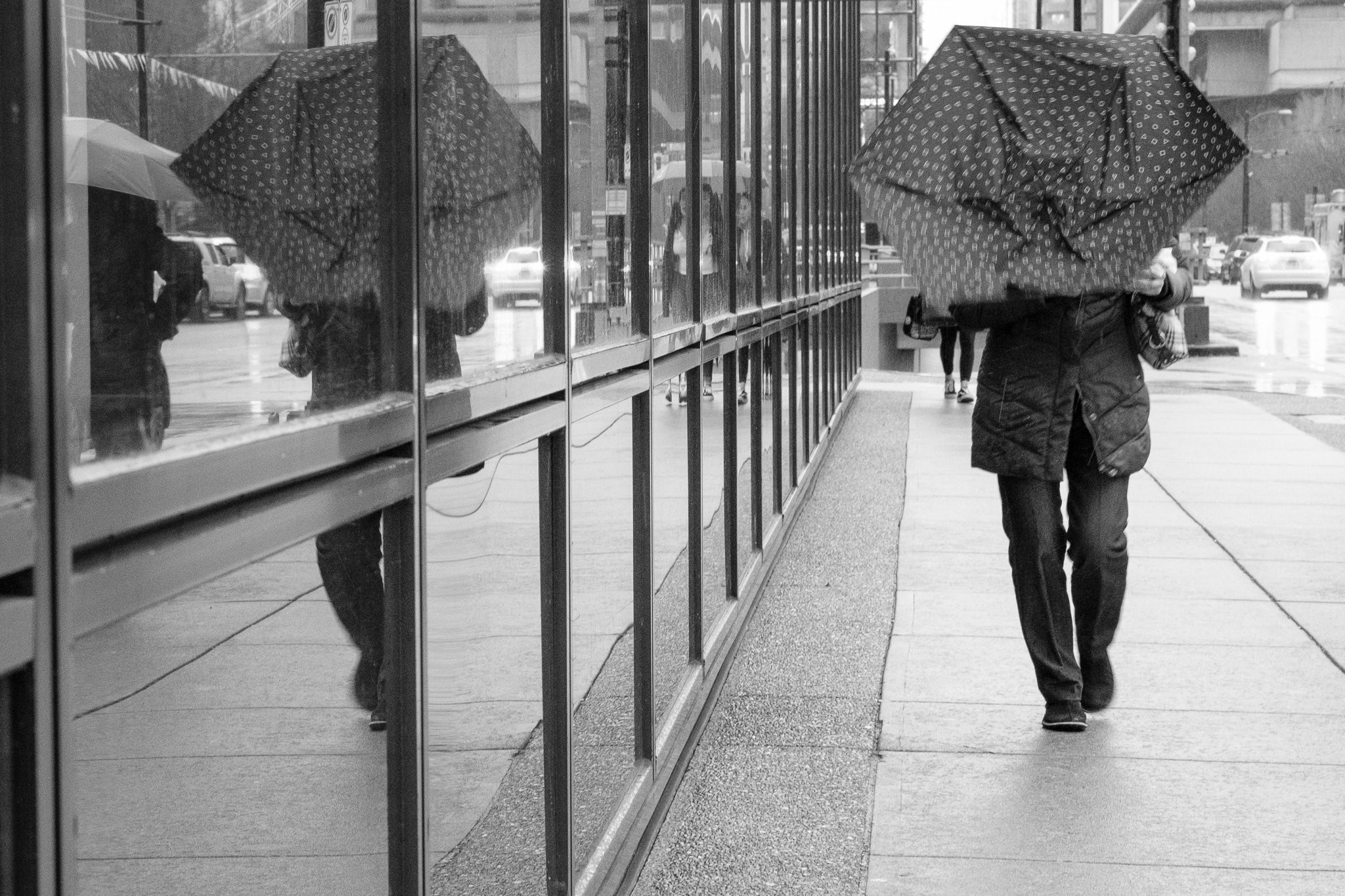The Definitive Guide to Framing Streets
Table of ContentsExamine This Report on Framing StreetsThe Main Principles Of Framing Streets Get This Report on Framing StreetsRumored Buzz on Framing StreetsNot known Facts About Framing StreetsHow Framing Streets can Save You Time, Stress, and Money.
, usually with the goal of capturing pictures at a crucial or poignant minute by careful framework and timing. https://filesharingtalk.com/members/590940-framingstreets1.
5 Simple Techniques For Framing Streets
Susan Sontag, 1977 Street photography can concentrate on individuals and their behavior in public. In this respect, the street photographer resembles social docudrama professional photographers or photographers that also work in public areas, but with the purpose of capturing relevant occasions. Any one of these digital photographers' photos might record individuals and property noticeable within or from public places, which frequently involves navigating ethical problems and legislations of personal privacy, protection, and residential or commercial property.
Depictions of day-to-day public life develop a style in practically every period of globe art, beginning in the pre-historic, Sumerian, Egyptian and very early Buddhist art periods. Art handling the life of the road, whether within views of cityscapes, or as the leading theme, appears in the West in the canon of the North Renaissance, Baroque, Rococo, of Romanticism, Realistic look, Impressionism and Post-Impressionism.
Top Guidelines Of Framing Streets
Louis Daguerre: "Blvd du Holy place" (1838 or 1839) In 1838 or 1839 the very first picture of figures in the road was tape-recorded by Louis-Jacques-Mand Daguerre in among a pair of daguerreotype views extracted from his studio window of the Boulevard du Holy place in Paris. The second, made at the height of the day, shows an uninhabited stretch of street, while the other was taken at concerning 8:00 am, and as Beaumont Newhall records, "The Boulevard, so regularly loaded with a moving crowd of pedestrians and carriages was flawlessly solitary, except a person that was having his boots combed.
His boots and legs were well Lightroom presets defined, however he is without body or head, since these were in movement." Charles Ngre, waterseller Charles Ngre. https://allmyfaves.com/framingstreets1?tab=Framing%20Streets was the first photographer to attain the technical sophistication required to register people in motion on the road in Paris in 1851. Digital Photographer John Thomson, a Scotsman dealing with journalist and social lobbyist Adolphe Smith, published Street Life in London in twelve regular monthly installations beginning in February 1877
Things about Framing Streets
Eugene Atget is considered as a progenitor, not due to the fact that he was the initial of his kind, yet as an outcome of the popularisation in the late 1920s of his record of Parisian streets by Berenice Abbott, that was influenced to embark on a similar documentation of New York City. [] As the city created, Atget assisted to promote Parisian streets as a worthy topic for digital photography.

The smart Trick of Framing Streets That Nobody is Discussing
The chief Mass-Observationists were anthropologist Tom Harrisson in Bolton and poet Charles Madge in London, and their initial record was produced as guide "May the Twelfth: Mass-Observation Day-Surveys 1937 by over 2 hundred viewers" [] Home window cleaner at Kottbusser Tor, Berlin, by Elsa Thiemann c. 1946 The post-war French Humanist School professional photographers discovered their topics on the road or in the diner. Andre Kertesz.'s widely admired Images la Sauvette (1952) (the English-language edition was labelled The Crucial Minute) advertised the concept of taking a photo at what he described the "definitive minute"; "when type and material, vision and structure merged into a transcendent whole" - copyright a7iv.
Indicators on Framing Streets You Need To Know
, then a teacher of young children, connected with Evans in 193839.'s 1958 book,, was considerable; raw and commonly out of emphasis, Frank's photos examined mainstream photography of the time, "tested all the formal policies laid down by Henri Cartier-Bresson and Pedestrian Evans" and "flew in the face of the wholesome pictorialism and genuine photojournalism of American publications like LIFE and Time".